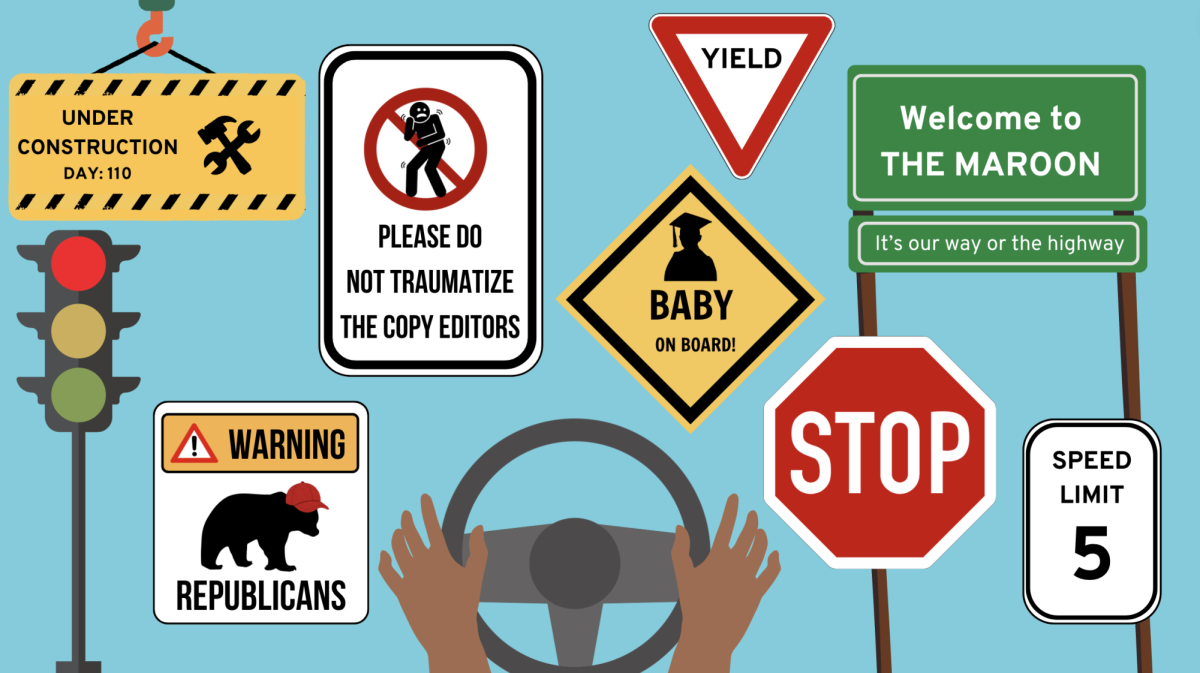If you read as many movie reviews as I do, you’ll notice a disturbing trend: to contemporary movie critics, the term “video games” is used as a synonym for trashy, morally depraved, and childish.
Look no further than the reviews for the recent movie Shoot ’Em Up. Michael Phillips of the Chicago Tribune dismissively argued: “A lot of gamers (sorry, ‘filmgoers’) may well enjoy writer-director Michael Davis’s ultra-violent lark. It’s not meant to be taken seriously. But films like this are worth taking seriously because they’re genuinely cruddy and hollow and, yes, vile.” Dana Stevens at Slate said Davis “seems to have scribbled the dialogue with one hand while operating a gaming joystick with the other.”
Similar trains of thought could be found throughout reviews of films like 300, Spiderman 3, and Smokin’ Aces. Yet whenever a critic uses video games in this sense, I wonder how well he actually knows his film history. Once upon a time, movies held a place in American society analagous to that of video games now, and the gradual development of film’s perception in society from a trashy corrupting influence to a heavily studied form of art should give some perspective that many current cultural critics often forget.
When you look at the current pattern of video games in our culture, it bears a striking resemblance to cinema in the 1930s—two technologically based media that gradually became more complex. Both started out attracting an audience largely young and male. As the media became more complex, they also became more daring and met heavy resistance from family advocates, clergy, and politicians. The violence of Grand Theft Auto may seem unprecedented in its brutality now, but so was the morally ambivalent violence of early gangster films like The Public Enemy and Scarface: Shame of a Nation (the post-colon part of the title was added by the censors).
Eventually, both media got so out of hand that a harsh, overbearing censorship (in the form of mandatory ratings) took away from its initial shock-value.
But film is not the only new medium of the last century that bears a resemblance to video games today. The history of public opinion of comic books seems just like the book on film planted two decades later. In 1954, Dr. Fredric Wertham published the pseudo-muckraking Seduction of the Innocent, which set off a firestorm of congressional hearings that resulted in heavy censorship of comics, another medium with an unprecedented amount of disturbing psychological violence and kinky, even pedophilic sexuality. Also in the 1950s, rock and roll was seen as a corrupting influence on the young, and viewed generally as childish garbage. Fast-forward 30 years and you’ll see the obscenity trials of hip-hop, which is similarly viewed as a corrupting influence without artistic merit.
Yet, right now we’re seeing American intellectuals reevaluate all of these media as valid art forms with previously unrecognized merit. For decades, we’ve had academic film departments and film theory, which discuss the unique aesthetic capabilities of moving pictures. After Maus, Watchmen, and the Pulitzer Prize–winning novel The Amazing Adventures of Kavalier and Clay, we’re starting to see intellectuals fully appreciate the capabilities of sequential narrative art. Rock and roll has been part of the musical establishment for decades now, and even hip-hop is now accredited with artistic value in many circles.
We have yet to see video games form a well-developed aesthetic theory or even determine what their aesthetic standards are. Still, if we view video games as an artistic medium, they can be understood as the first form of art that is truly interactive. The possibilities of unprecedented input from the observer (in this case a participant) are staggering. That doesn’t even take into account the nuances of the varieties of video games, such as the difference between the goals of, say a puzzle game, an action-adventure, or an MMORPG (massive multiplayer online role-playing game).
I know some will have a hard time accepting the argument that video games are a legitimate form of art, and given the current trends in our society, I wouldn’t expect otherwise. What I will say is that when you look at the precedents for new forms of post-industrial artistic media, history is on the side of the video games.
Ethan Stanislawski is a fourth-year in the College majoring in HIPS. His column appears every other Tuesday.







